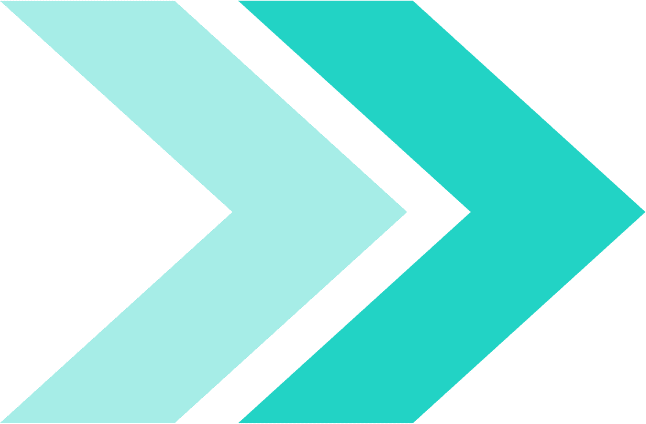Introduction
The Gulf region has its own unique architectural identity—characterized by modern villas, large façades, clean lines, and materials that can withstand intense heat, humidity, sandstorms, and sunlight. Fiber cement boards have become increasingly popular across the GCC as developers seek durable, long-lasting, and visually appealing materials that perform reliably in the region’s harsh climate.
From luxury villas in Dubai to large compounds in Riyadh, fiber cement boards offer versatility and performance that few other materials can match. Here are the top applications of fiber cement boards in Gulf architecture and villa design.
1. Modern Villa Façades
One of the most common uses of fiber cement boards in Gulf countries is villa exterior cladding.
Why they’re popular for villas:
- Clean, modern look that fits GCC design trends
- Excellent heat resistance for hot climates
- Minimal maintenance compared to plaster
- Long-lasting colour and UV stability
- Premium appearance without high cost
Summary: Fiber cement cladding gives Gulf villas a contemporary look while offering durability in extreme weather.
2. Boundary Walls and Compound Walls
Every Gulf villa compound has perimeter walls that must resist sun, moisture, and sand abrasion.
Why fiber cement is ideal:
- Strong impact resistance
- Superior performance in sandstorms
- Does not crack like plaster
- Long life cycle with minimal upkeep
- Perfect for modern villa compounds and gated communities
Summary: Fiber cement boards maintain their appearance on boundary walls better than plaster or concrete.
3. Exterior Soffits and Roof Undersides
Soffits in the Gulf are exposed to hot air, humidity, and dust year-round.
Benefits of fiber cement soffits:
- Fire-resistant
- Resistant to mold and moisture
- Does not sag or deform under heat
- Smooth, elegant finish for villa and building entrances
Summary: Fiber cement soffits offer stability and aesthetics in areas exposed to harsh outdoor conditions.
4. Cladding for Coastal Properties
Cities like Dubai, Doha, and Muscat have high humidity and salt in the air, which damages many façade materials.
Advantages for coastal developments:
- Will not corrode in salt-heavy air
- Strong resistance to swelling and moisture
- Ideal for beachfront villas and resorts
- Maintains stability in humid Gulf climates
Summary: Fiber cement performs exceptionally well in coastal areas where other materials fail.
5. Decorative Exterior Panels and Feature Walls
GCC villas often incorporate textured or layered façade designs for aesthetic appeal.
Why fiber cement works well:
- Can imitate stone, wood, or modern textures
- Easy to cut into custom shapes
- Lightweight compared to natural stone
- Suitable for both modern and traditional Gulf designs
Summary: Perfect for feature walls around entrances, balconies, and majlis areas.
6. Car Park and Garage Cladding
Garage façades in the Gulf face constant heat and often direct sunlight.
Why it’s preferred:
- Heat-resistant material
- Does not warp under intense sun
- Provides a sleek, uniform look
- Durable against daily wear and sand abrasion
Summary: Fiber cement is a reliable, low-maintenance choice for garage exteriors.
7. Commercial Buildings and Retail Units
In cities like Dubai and Riyadh, developers prefer materials that reduce long-term maintenance costs.
Commercial uses of fiber cement:
- Retail shops
- Showrooms
- Small commercial centers
- Mixed-use building façades
Summary: Fiber cement helps achieve a premium look while minimizing upkeep in high-traffic areas.
8. Schools, Clinics, and Government Buildings
Public buildings in the Gulf require durable, fire-resistant materials that meet strict safety standards.
Benefits in institutional projects:
- A1 or A2 fire rating
- Long-lasting appearance
- Resistant to humidity and heat
- Suitable for high-rise and mid-rise buildings
Summary: Perfect for safe, compliant, long-lasting public architecture.
9. Modular and Prefabricated Buildings
The Gulf region increasingly uses modular units for labor camps, site offices, and temporary structures.
Why fiber cement is preferred:
- Lightweight but strong
- Quick installation
- Ideal for temporary or semi-permanent structures
- Performs well even in extreme heat and desert environments
Summary: The modular industry relies heavily on fiber cement due to speed and reliability.
10. Interior Applications for Gulf Villas and Apartments
While known for exterior use, fiber cement is gaining traction indoors.
Popular interior uses:
- Feature walls
- Washrooms and moisture-prone spaces
- Utility rooms
- Staircase cladding
- Partition walls
Summary: Offers moisture resistance and modern design for high-humidity interior environments.
Conclusion
Fiber cement boards offer exceptional value and performance across Gulf architecture—from modern villas to coastal resorts and commercial buildings. Their resistance to heat, humidity, sand, and UV exposure makes them one of the most suitable materials for GCC environments. Whether used on façades, boundary walls, soffits, or interior spaces, fiber cement delivers long-term durability and aesthetic appeal tailored perfectly to Gulf design trends.
👉 Visit the Smartfiber Fiber Cement Board page to explore specs, sizes, and delivery options.
Authored by Smartcon Int’l. Trade & Marketing Ltd. on 20.11.2025. All rights reserved.

